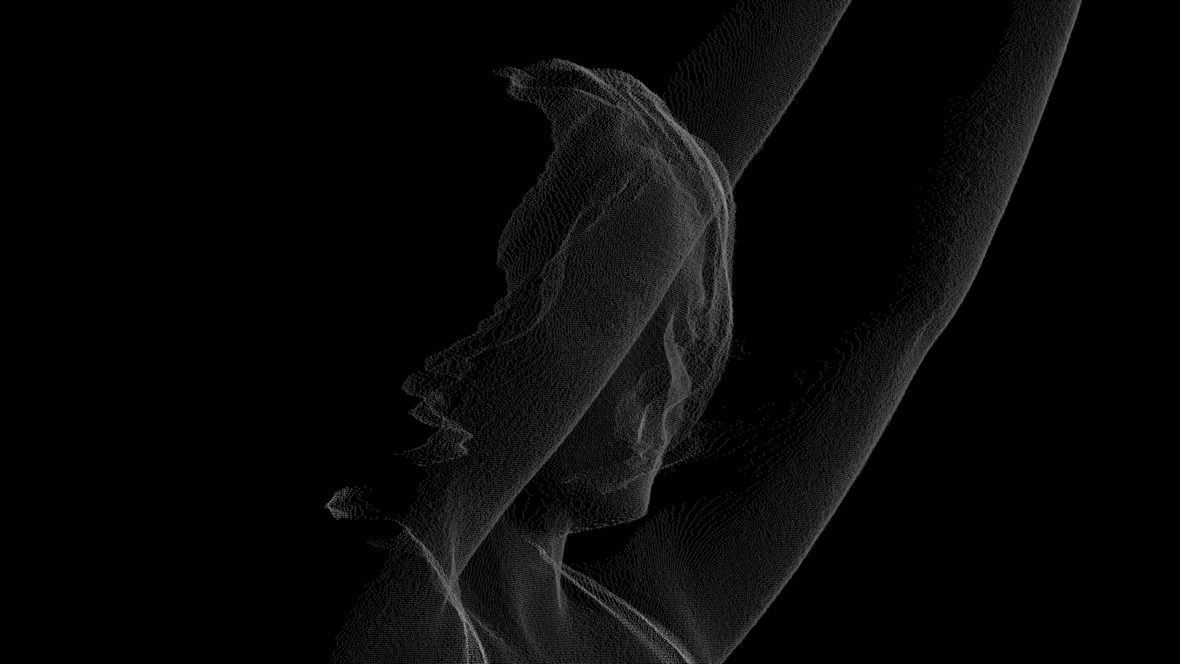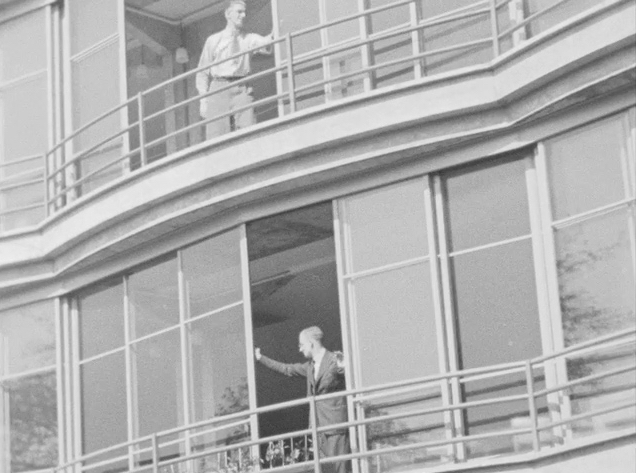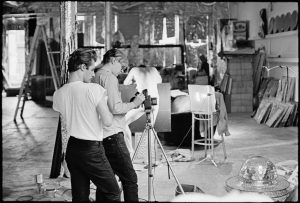Thomas Bolger speaks to multimedia artist Ilona Sagar about her latest exhibition Correspondence O, which focuses on the revolutionary Pioneer Health Centre in south London

Established in Peckham in 1926, the Pioneer Health Centre was a bold experiment in social connection, preventative medicine and local governance. For over 24 years, working-class citizens of the south London borough paid a shilling a week to be a part of a body greater than the sum of its parts, signing up to a research program that sought to track the relationship between social and physical health.
The centre’s transition from a Socialist reverie to gated community, as it is now, has uncomfortable parallels to an increasingly fraught and privatised NHS. Returning to the site and the principals with which it was founded, multimedia artist Ilona Sagar’s moving installation, Correspondence O, explores this historical microcosm while asking urgent questions about our current public healthcare system.
Here, I spoke to Sagar about the legacy of the Peckham Experiment, the status of community and social welfare today, and the future of the NHS.

Why was the Pioneer Health Centre such a revolutionary model and how did the project come about?
A while ago I came across the building through a friend and was drawn to its iconic architecture, but I was unware of its loaded history. I started to look at the architect Owen William’s designs in the RIBA collection and realised that I had only scratched the surface of a complex archive.
‘The Peckham Experiment’ was at the forefront of a dramatic shift in the public perception of health, yet its significance has been historically overlooked. Biologists George Scott Williamson and Innes Hope Pearse established it privately in 1926, long before the foundation of the NHS in 1948. The Pioneer Centre came out of a time of social experimentation and optimistic change, citing similar projects such as the fresh air movement. It promised wide, airy, huge-windowed spaces where people could play, exercise, and be observed and recorded. Built around principles of self-organisation, local empowerment and a holistic focus on social connection as fundamental to health, the learning from the Peckham Experiment is as relevant today as it was then.

How important was collaboration for this project?
There is an overwhelmingly comprehensive body of archival material and primary resources surrounding the work of the Peckham Experiment. They appear in a fragmented way across several archives, community groups, charitable foundations and within the building itself.
The first material I came across was at the Wellcome Trust archives, where I found a series of very unusual black and white silent films. The lack of an experienced camera operator and the method used to transpose the material to archive results in films which are a disjointed mesh of body parts, glass, water, rope, architecture, small moments of interactions and activities. Through accident they almost appear as a structuralist film rather than a medical document. I was struck by how much these films resonated with contemporary editing methods. So this footage became a key overarching structure for Correspondence O, reflected in a rhythmically edited sequence of rapidly changing events and bound by the layered use of sound design and voice-over.
Correspondence O is not simply a historical account, it is a darkly speculative installation that examines our uneasy and increasingly precarious relationship to public health, labour and wellbeing. During a site visit at the Pioneer Centre, by chance I met Tom Bell, an architectural surveyor, and James Hardy, a personal trainer, who are both residents of the centre today. Their professions became emblematic material components of the film, echoing the legacy of the Peckham Experiment.

Could we see this sort of self-organised, locally empowered social-health centre in the future as an antidote to the status quo? What is the tension between public and private in the work?
The inspiring yet unsustainable ideologies established by biological and social reform groups like the Peckham Experiment has in many ways shaped our expectations of public resources. The failed big society agenda and neoliberal localism have redefined notions of the common good. Correspondence O is not a didactic illustration of the current political climate. I didn’t want the work to become a worthy polemic, but through the film and exhibition, open up a dialogue with my audience and offer a space for discussion.
Political populism, identity politics and fundamentalism have distracted us from the privatisation of public life. Silently the definition of public interest and welfare have been rewritten, leaving us with an increasingly private and economically driven health sector, redefining health as a consumer asset rather than as an innate human right.

AI can now diagnose scans for cancer with incredible accuracy and at a fraction of the cost compared to human doctors – could emerging technologies like AI be the thing that saves the NHS?
There are amazing innovations in health and care using advance forms of human-computer interactions and assistive technologies, and I have no doubt that they will have a positive and lasting impact on our health in the future. Yet I have concerns about how private health companies shape our access to these technologies. Algorithms, neural networks and data forests are increasingly trusted and relied on to manage all aspects of our everyday activities. In recent years we have seen a surge of innovation in the commercial sector for products that allow users to self-manage their health and wellbeing without outside human intervention. Internationally we are seeing governments trialling new E-health initiatives in a desperate bid to solve growing structural and fiscal challenges within public health provision.
I am deeply troubled by the contraction of companies such as Babylon Health Care, who are currently piloting the ‘GP in Hand’ digital app for the NHS. The app promises ‘efficiency’ to take pressure off an over-stretched NHS. Yet it features ‘queue-jumps’ and faster testing pay bands, piggy backing us into a ACA style system. Although there is a substantial commentary surrounding the gamification and quantifying of our health, labour and wellbeing, there has been sparse empirical analysis.

Do you think the British public will eventually reject privatisation in their healthcare system?
I would like to think we have a power to resist, but whether we have a choice to reject the privatisation that is already legislated for is difficult to assess. Evidence of the silent shift to a US style system of insurance is embedded in the announcement by Jeremy Hunt of the launch of “accountable care organisations”. It is a system of health management directly transplanted from the US that bring private, corporate health interests deep into the structure of public welfare. Aspects of privatisation are very much in the public interest, yet corporate partnerships remain opaque and little known to the general public. 75 years after the Beveridge report, we are further than ever before from the founding notions of social insurance. We should take every opportunity to question and challenge policy and increasing health inequalities. Once it’s gone, its gone.
Correspondence O runs at the South London Gallery until the 25th February. A panel discussion with Owen Hatherley, Nina Wakeford, Lisa Curtice and Ilona Sagar takes place at 6pm on 25th February. For more information click here.




